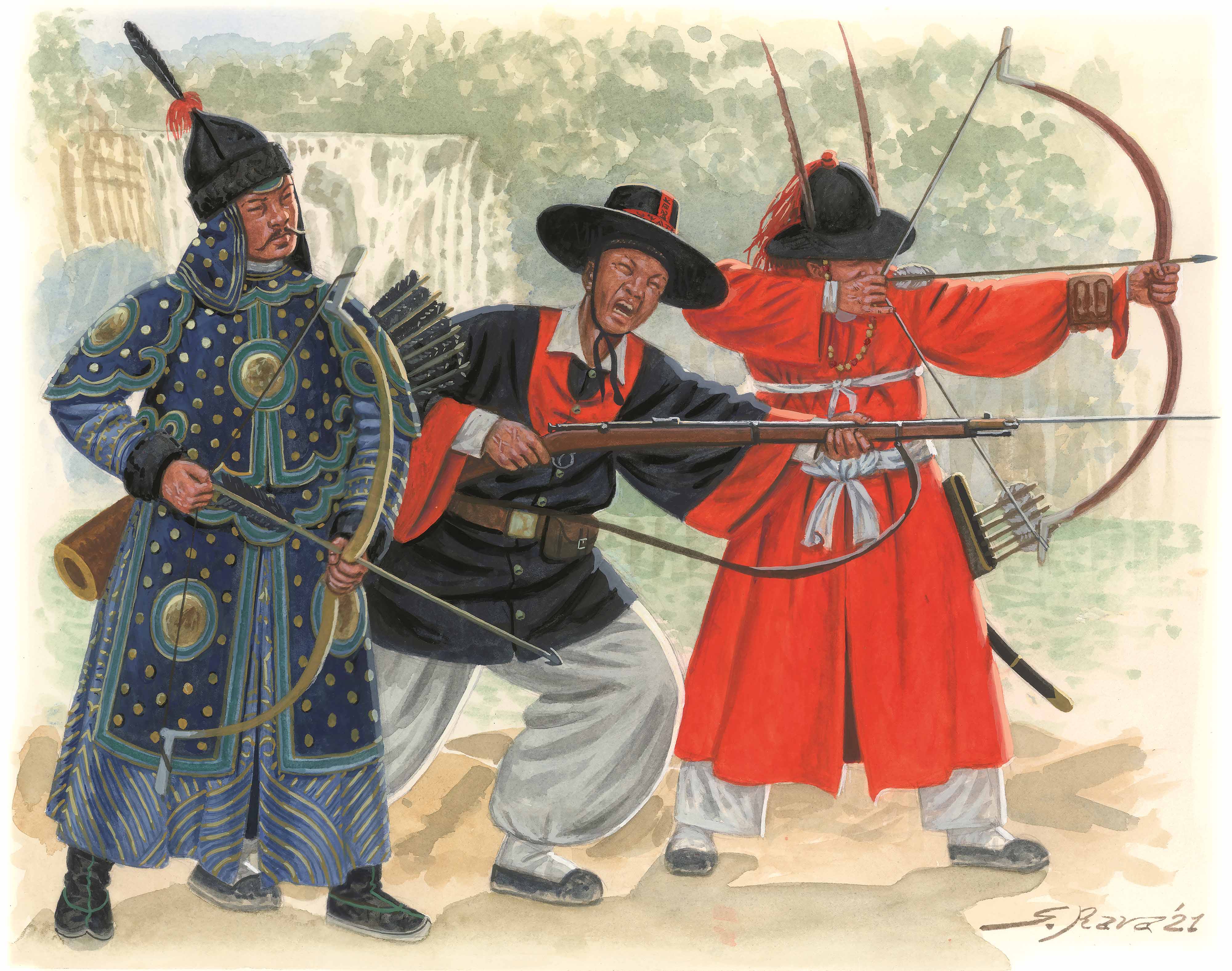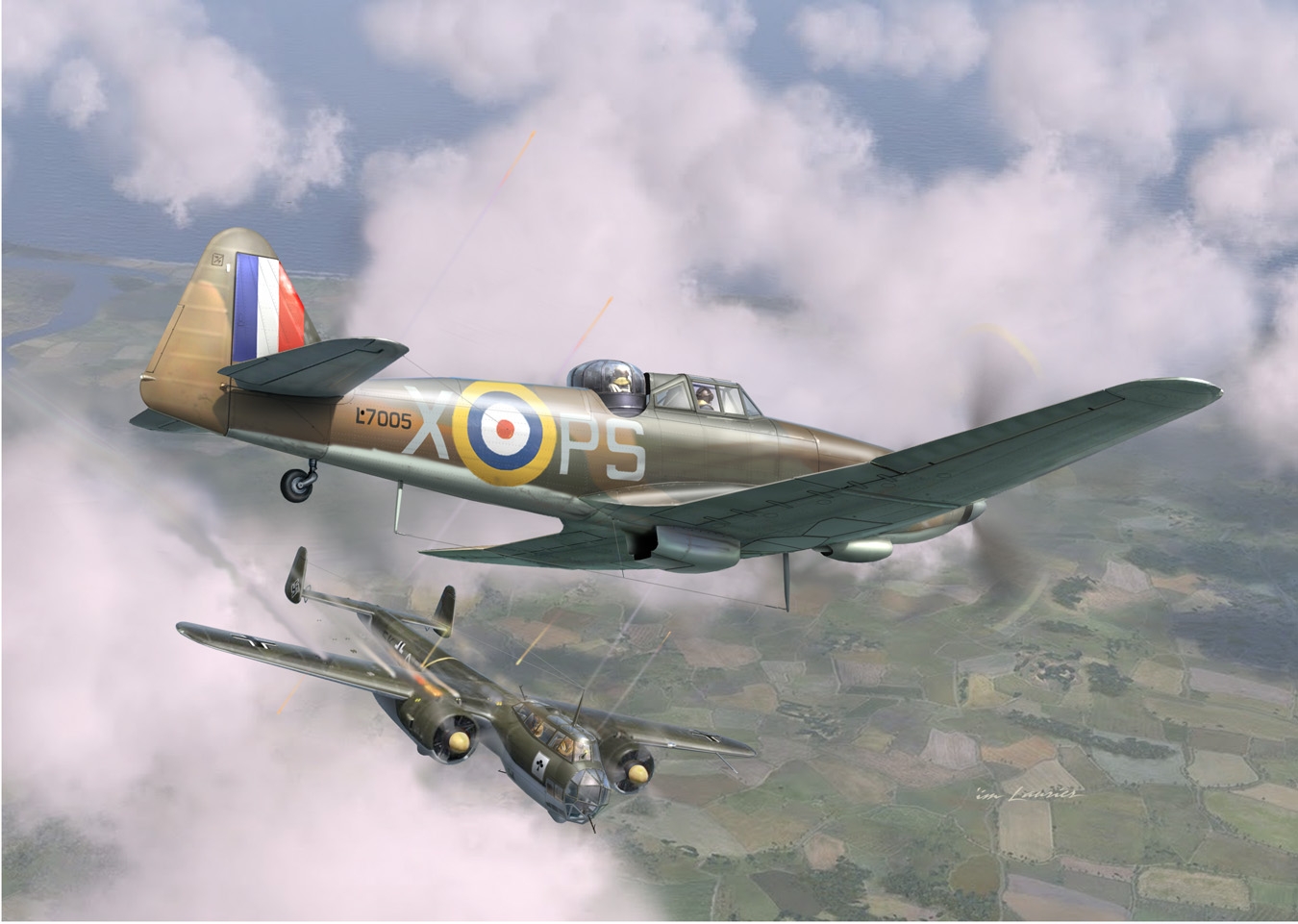In today's blog post, we're looking at three fantastic pieces of artwork from three of our October 2022 titles. Let us know what you think in the comments section and, if you would like to see any artwork from any of our November titles, be sure to mention that too!
US Navy Armored Cruisers 1890–1933 by Brian Lane Herder
Illustrated by Paul Wright
USS MEMPHIS STRUCK BY FATAL 100FT ROGUE WAVE WHILE ANCHORED AT SANTO DOMINGO, DOMINICAN REPUBLIC, AUGUST 29, 1916
On August 29, 1916, armored cruiser Memphis (ex-Tennessee) found herself the tragic victim of one of the most bizarre episodes in USN history. Moored hundreds of yards offshore of Santo Domingo, Dominican Republic, at 1535hrs Memphis began to be hit by a series of increasingly powerful swells and breakers. Alarmed, Memphis’ Captain Beach ordered steam raised in order to escape the harbor; his engineers reported that despite considerable flooding they would have sufficient pressure to power the engines within an hour.
At 1635hrs, lookouts noticed an immense 100ft wave approaching on the horizon. As the freak wave closed on Memphis, the shallower seafloor caused it to slow in speed and rise in height. A huge trough preceded the monster wave for 300ft, while its waveform “appeared to consist of three distinct steps, each separated by a large plateau.” The wave itself was a visibly ocher color, as it “could be seen churning sediments of sand and mud from the sea bottom.” Captain Beach desperately attempted to turn Memphis into the wave by ordering Memphis’ port engine full ahead and starboard engine full reverse, but at only 90psi there was simply not enough steam pressure to fully turn Memphis into the oncoming wave. Memphis would be struck broadside, the worst possible position.
Once the wave reached a seafloor depth of 90ft, at 1640hrs, the wave’s peaking crest began to break some 30–40ft above the level of Memphis’ bridge. By now the wave’s potential energy had fully transformed into kinetic energy, throwing a vast amount of water forward at a speed of 25–30mph and causing “the huge wave [to break] thunderously upon the Memphis, completely engulfing it.” Memphis rolled hard to port, smashing into the seafloor violently but righted herself, refusing to capsize. Below decks, Memphis’ boilers exploded while the rocky seafloor mangled and tore Memphis’ hull. Two men trying to release Memphis’ second anchor were thrown overboard. Another eight were scalded to death by the erupting boilers. Within minutes the ruined Memphis had been pushed into the rocky Santo Domingo coast, stranding her and allowing her captain to order her abandoned. The long and dangerous rescue operation was completed by evening, with much help provided by locals.
In September 1916, the official US Navy inquiry called the inexplicable phenomenon both a “tsunami” and a “seismic storm,” but these vague and unsupported terms do not fit the conditions observed, especially as no seismic event in the region had been recorded for months. Modern oceanographic science now suggests the random breakers and fatal freak wave was a “meteotsunami” that had been produced days earlier by three hurricanes hundreds of miles away. More critically, if Memphis had been anchored in 100ft of water instead of 55ft, she would have easily ridden over the swells before they broke, including the 100ft rogue wave.
Armies of the First Sino-Japanese War 1894–95 by Gabriele Esposito
Illustrated by Giuseppe Rava

Korean Army
Left: Guardsman, Royal Bodyguard
Centre: Riflema, Capital Guards Garrison
Right: Archer, Palace Guards Garrison
Artwork Requested by Adam C.
Soviet Pistols by Leroy Thompson
Illustrated by Alan Gilliland and Johnny Shumate
Rzhev, 1942
During the Soviet counter-offensive of September 1942, Soviet and German forces clashed west of Moscow in what came to be known as the ‘Rzhev Meat Grinder’. Here, a Soviet T-34 medium tank has been knocked out by the Germans. A member of the tank crew with his TT-33 pistol drawn has helped evacuate one of his comrades from the burning tank while a female partisan stands watch with her Nagant M1895 revolver drawn. M1895 revolvers were often used by partisans as they were more readily available than the TT-33 pistol, having been in service for almost half a century. To give themselves more firepower some partisans carried multiple M1895s as reloading the weapons was a slow process.



Comments
You must be logged in to comment on this post. Click here to log in.
Submit your comment